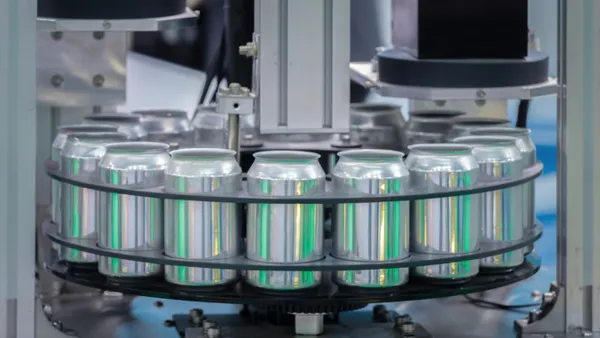Kayt Leonard is the global healthcare and life sciences strategic advisor at SAS Institute. All opinions are the author’s own.
Over the past decade, global pandemics, environmental catastrophes and economic challenges have played a heavy part in negatively impacting supply chains and manufacturing processes around the world. Whether it was a shortage of personal protection equipment during COVID-19, delayed supplies during cargo shipment embargoes, or low inventory of food products during outbreaks of avian flu, consumers have seen more than a few instances of supply instability.
While not having access to some items might seem trivial, not being able to acquire medications, pharmaceuticals and healthcare supplies can be a matter of life and death.
For all the issues that have derailed the global supply and manufacturing space, one thing is certain: more challenges will arise. And while we cannot prevent every disaster, health outbreak or economic downfall, we can, with the use of advanced technology, aim to build manufacturing and supply chain infrastructure that can sustain the challenges that might come its way and avoid catastrophic failures.
Using technology to safeguard supplies
Implementing manufacturing analytics in the healthcare and life sciences industries requires careful, deliberate consideration due to the complex and regulated nature of the sectors. At the end of the day, these processes aren’t just impacting a balance sheet — they have a direct effect on the health and wellbeing of patients around the world.
When organizations are evaluating their current manufacturing process or aiming to implement technologies to scale up their infrastructure, there are five things that leaders should consider:
- Patient privacy and regulatory compliance: Patient data security and regulatory compliance are paramount in the health and life sciences industry, where sensitive patient data and intellectual property are involved. Leaders should ensure that the manufacturing analytics solution supports industry regulations, Good Manufacturing Practice standards, and all relevant data privacy laws and guidelines. Maintaining the security of your manufacturing data — considering the end-users of patients and patient privacy — is of the utmost importance when it comes to manufacturing healthcare and pharmaceutical materials.
- Data integration and interoperability: Manufacturing processes in the healthcare and life sciences industry often involve multiple systems, devices and sources of data. The tools that your organization implements should seamlessly integrate with various data streams. Interoperability ensures that data can flow smoothly between different stages of the manufacturing process, enabling comprehensive analysis and insights. If your manufacturing technologies sit in a silo, you’re already at risk.
- Real-time monitoring and predictive analytics: While this might be the third point in the list, it should be a priority item for all manufacturing leaders. Real-time monitoring and predictive analytics are crucial for maintaining product quality, identifying deviations and preventing issues. Leaders in healthcare and pharma manufacturing should look for technology tools and analytics solutions that offer real-time data streaming and advanced predictive models to detect risks, forecast trends and recommend preventive actions.
- Customization and scalability: Manufacturing processes can vary widely based on the type of products being produced. For healthcare organizations, textiles and materials processes will be different from liquids and soluble processes. In life sciences, biologics processes will be different from clinical trial supply processes. Despite these differences, it’s important that organizations can rely on one singular tool to support any type of manufacturing process. Using an advanced analytics platform that can scale to any volume of manufacturing, and be customized to any type of product, should be an absolute requirement for leaders aiming to improve their manufacturing processes.
- Artificial intelligence and innovation: Gone are the days of manual supply counts or tedious inventory checks. Similarly, gone are the days of wondering “what if” when it comes to your supply readiness or resiliency. As technology continues to evolve, so too should the platform that health and life sciences manufacturers rely on. Ensuring your platform of choice maintains transparent and trustworthy AI practices allow organizations to not only deliver against today’s challenges, but to continue to succeed into the future of industry 4.0.
Protecting human health
Technology will continue to move forward. The needs of patients around the world will continue to grownd, at the same time, global challenges will persist. But access to medications, pharmaceuticals and healthcare supplies will remain constant and truly remain a matter of life and death.
The bottom line? Organizations must prioritize the infrastructure, strength and resiliency of their healthcare and life sciences supply chains. Now is the time to secure our supply chains and manufacturing processes and ensure the health and wellbeing of the patients that are counting on necessary supplies.













